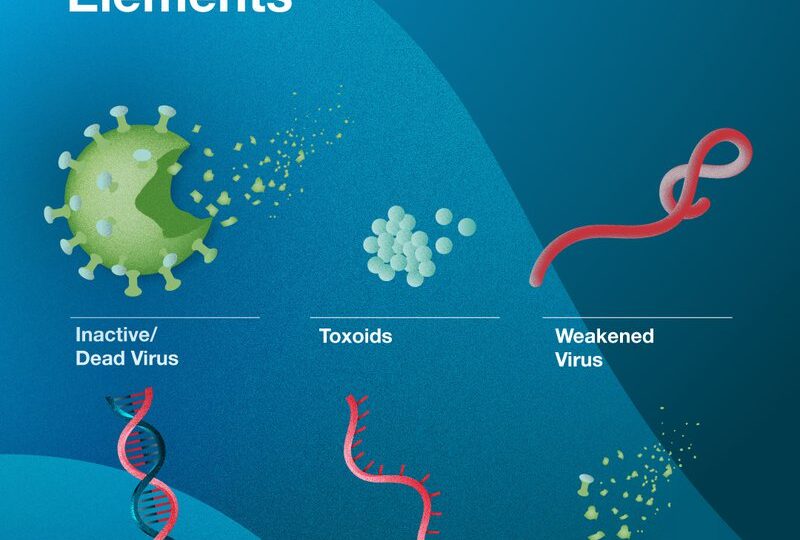Now seemingly more than ever, vaccines are a part of everyday life and everyday conversation. They are something that we need in order to live a safe, healthy life, and something to trust. But many of us never think about all the work that goes into making the vaccine itself.
Have you ever found yourself curious about the development and pharmaceutical manufacturing of vaccines? Here is a short overview of what the process is like, so keep reading to learn more.
What’s Inside?
While not every vaccine is made in exactly the same way, each vaccine contains small, often inactivated, portions of the disease or virus it’s going to prevent. This is what’s known as the antigen. Now, that’s not the only thing that’s included inside.
There are also other ingredients, such as preservatives and stabilizers, to keep the vaccine from becoming contaminated and to prevent any kind of reaction from happening inside the vial.
Surfactants are what keep everything inside together and prevent anything from settling at the bottom of the vial or clumping together. Depending on the exact vaccine, there might also be an adjuvant which helps to promote an immune response by keeping the vaccine longer at the injection site.
Inactivated Vaccines
As mentioned, tiny inactivated fragments of a virus are often in a vaccine. When that’s the case, a virus is considered killed so it cannot reproduce or cause any additional diseases. This allows the body to still see any virus it’s been given through a vaccine and this allows the immune system to protect itself when it encounters the virus or disease it’s setting out to protect the body from.
Many popular vaccines fall into this category including, rabies, polio, and hepatitis A. Since the virus is killed, as mentioned, this method is a great option to treat those with weakened immune systems as these vaccines have no chance of even giving the recipient a minor version of what it’s intended to prevent.
Active Vaccines
For vaccines such as those used to prevent shingles, HPV, and hepatitis B, a small part of the virus is taken and used. These vaccines are made up of a protein from the surface of one of the mentioned viruses. While this can sound scary, it allows for the body to create an immune response to a virus which is needed to protect against the vaccine.
mRNA Vaccines
While not quite the household name until the last few years, mRNA vaccines have been worked on for many years as the vaccine contains the blueprint of the SARS-CoV-2 virus. Once a body receives the spike protein, also taken from the surface of the virus, it’ll realize that it’s foreign and an immune response will be created.
Once the immune response is created, and the person is then exposed to the virus in the world, the immune system already contains the needed blueprint to provide protection against the disease. This is how both commonly known COVID-19 vaccines, Pfizer and Moderna, provide the needed protection.













